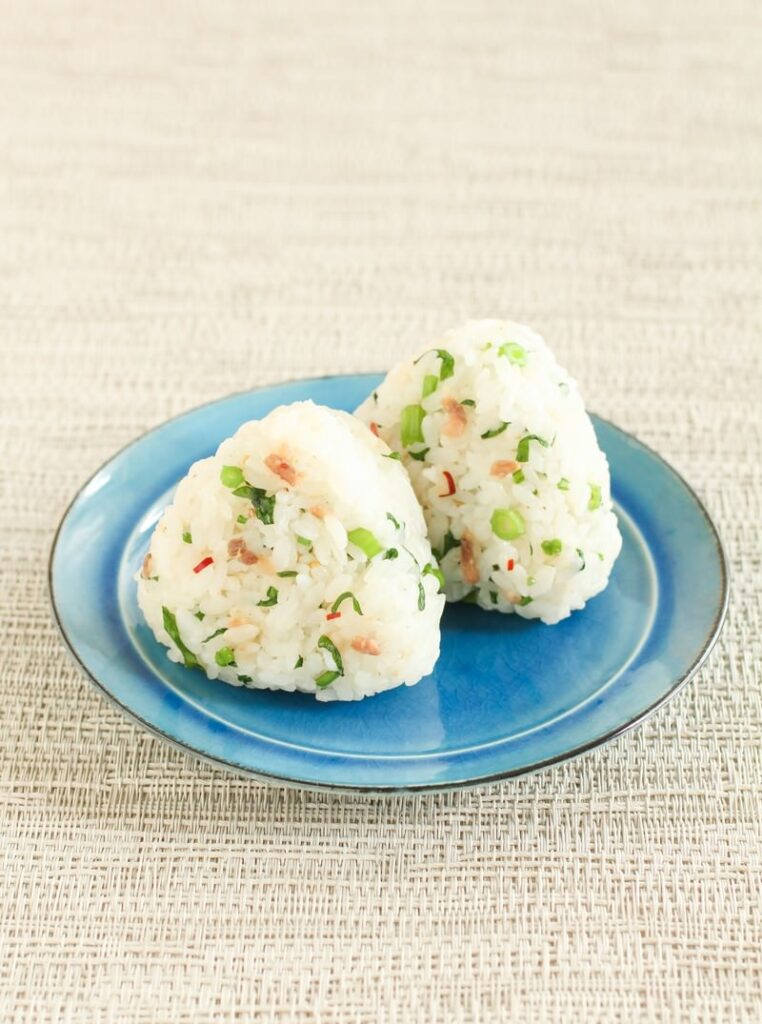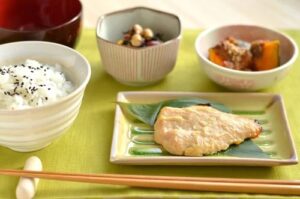“Japanese Onigiri: Explaining Ingredients, Making Process, and Secrets for International Audiences!
Hello there! In this blog, we’re focusing on Japanese food culture, and this time, I’d like to introduce onigiri, a familiar food for Japanese people, in a way that’s easily understandable for those from other countries.

What is Onigiri?
Onigiri is a Japanese food made by shaping rice with salt, either by hand or using molds. It can contain ingredients like pickled plums, salmon, tuna with mayonnaise, or decorated with seaweed or seasoning. It has been cherished for a long time and is highly convenient for carrying in lunch boxes, picnics, or travels. Moreover, it’s easy to make, making it convenient for busy mornings or evenings.
Onigiri Ingredients
Onigiri ingredients vary based on personal preferences and regions, but here are some common ones:
- Pickled Plums: They provide acidity and saltiness, giving a refreshing taste. Known for their shelf life and believed to be effective for summer fatigue or fatigue recovery.
- Salmon: Flaked salted salmon offers a fluffy texture and a delightful savory taste. It’s highly nutritious, believed to be beneficial for beauty and health.
- Tuna with Mayonnaise: A mix of canned tuna and mayonnaise gives a creamy and rich flavor. Tuna provides protein and Omega-3 fatty acids, while mayonnaise includes eggs and oil.
- Kombu (Seaweed): Seaweed simmered in soy sauce and sugar brings a moist texture and a sweet-savory taste. It’s rich in minerals and often used as a base for soup stock.
Secrets to Perfect Onigiri: Rice Cooking, Salt, and Seaweed
To make delicious onigiri, attention to rice cooking, salt usage, and handling of seaweed is crucial.
Rice Cooking
Ideal rice for onigiri is sticky and plump. While using a rice cooker is common, water amount and cooking time vary based on rice type and cooking utensils, so refer to manuals or packaging instructions.
Salt Usage
Salt not only adds taste but also aids in preservation and sterilization. Typically, about a quarter teaspoon per onigiri is recommended. Use methods like applying to hands, mixing with rice, or adding to ingredients.
Handling Seaweed
Seaweed not only adds texture and aroma but also prevents hand mess. As it’s sensitive to moisture and light, store it in an airtight container in a cool, dark place and open just before use.
Making Onigiri
Here’s a basic onigiri-making process:
- Cook and steam rice, then fluff it.
- Moisten hands and sprinkle salt.
- Spread rice, place ingredients, wrap, and shape into triangles or spheres.
- Form it and wrap in seaweed.
- Wrap in cling film for storage or enjoy immediately.
That covers the introduction to onigiri. It’s a traditional Japanese food offering various ingredients and flavors. Give it a try and relish delicious onigiri! Feel free to share your success in the comments. Let’s meet in the next blog. Goodbye!”


